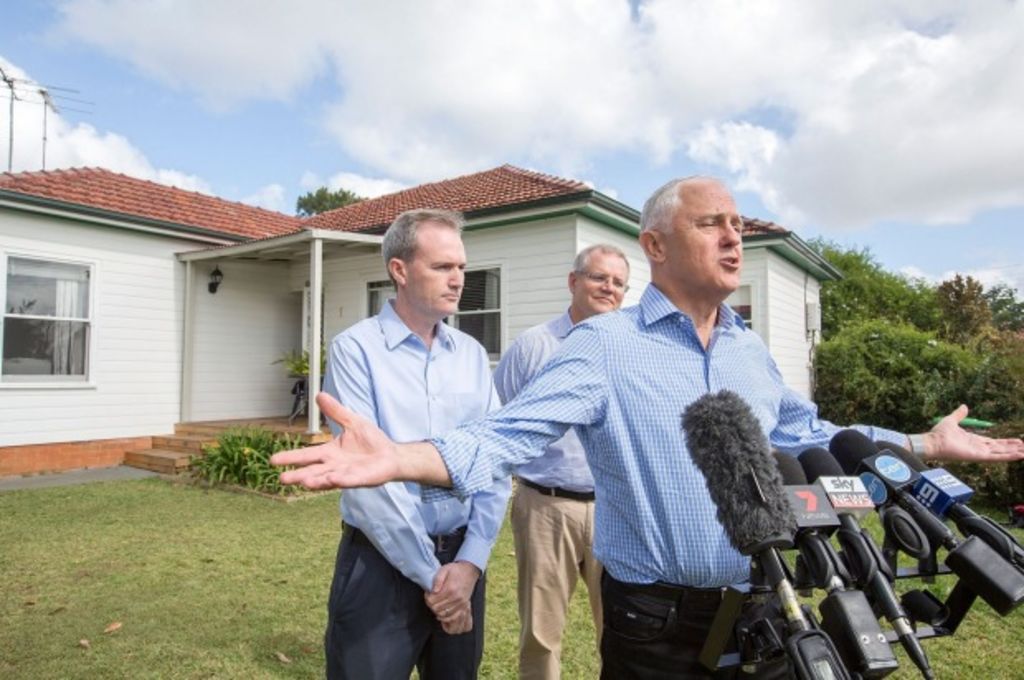
The expensive NSW electorates bucking the voting trend
If a Sydney resident’s electorate is in the million-dollar property club, chances are they’re a Liberal voter. But there are some electorates in NSW bucking the trend and, in some of these areas, it’s not necessarily home owners influencing the outcome.
Of the 15 most expensive electorates in NSW, 11 are Liberal seats, new analysis of house price data shows.
The average house price of all the Liberal voting electorates across NSW is a $1.13 million median, while for Labor it’s $790,000, according to Domain Group data.
“The wealth effect in Sydney has a bluish tinge to it, reflecting higher house prices,” Domain Group chief economist Dr Andrew Wilson said.
But while that’s unsurprising, there are million-dollar seats that have so far defied Liberal reign. These include areas that have gentrified over time and become expensive due to demand, rather than due to their prestige status.
For instance, the electorate of Sydney, which includes Newtown, Glebe and Surry Hills, has a strong 12.9 per cent Labor trend despite a price tag of about $1.5 million.
iFrameResize({checkOrigin:false},’#pez_iframe’);
An 18.8 per cent Labor margin is also prevalent in neighbouring Grayndler – which covers suburbs such as Balmain, Enmore, Leichhardt, Petersham – with a $1.35 million median house price.
And it’s not just about those who own property – it’s about those who haven’t bought as well, Monash University senior lecturer Nicholas Economou said.
Among these voters is an emerging group of young, well-educated and high-earning renters with different election ideals, he said.

They tend to have priorities relating to gay marriage and the housing affordability crisis, but less interest in the economy, he said.
These are the voters that could convert safe Labor seats into Greens seats, Dr Economou said.
Yet the electorates that have the real power to swing the election aren’t those undergoing gentrification nor those attracting high property prices.
Those in very high and very low priced areas are consistent with their voting – of the top and bottom five priced electorates only one has a margin under 15 per cent.
“The battles for government lie in the outer suburbs … Not in the harbourside mansion or inner-city pad but the family home with kids and a dog,” Dr Economou said.
This includes electorates such as Dobell, encompassing Wyong on the Central Coast, where the median price is $507,000 and the margin towards the Labor party is 0.2 per cent. And the rapidly changing Parramatta electorate where there’s a 1.3 per cent Labor margin. House prices have increased 70 per cent in the Parramatta region in the past five years, to $911,250.
This is more of a case of the “swinging voters out there struggling to buy one house” than a fight for the votes of the wealthy, he said.
Of the 27 electorates with median prices in the $400,000-$900,000 bracket, those firmly in the middle ring, 13 of them have a margin under 5 per cent.
And while debate in the lead-up to the election has been raging over Labor’s proposed negative gearing restrictions, it seems this might not be the topic that causes voters to change their minds.
Labor says if elected it will limit negative gearing to new properties to bring property ownership back within reach of first home buyers, while the Liberal party argues this would hurt the economy.
The most expensive, and one of the most pro-Liberal, electorates in the state is Malcolm Turnbull’s Wentworth, which includes the suburb Point Piper.
Buyers looking to get a studio in the electorate’s cheapest areas would be considering a $400,000 outlay, McGrath Edgecliff’s Ben Collier said.
“A lot of people in this area’s electorate own more than one property,” he said.
But given existing investors can keep their benefits, University of Sydney chair of urban and regional planning Peter Phibbs says it’s not enough to sway the votes of Labor-voting property investors.
“I don’t think the negative gearing changes are so dramatic that it will be a big election issue for Labor property investors,” Mr Phibbs said.
And those in prestige areas with property portfolios “are usually locked-in Liberal voters anyway,” he said.